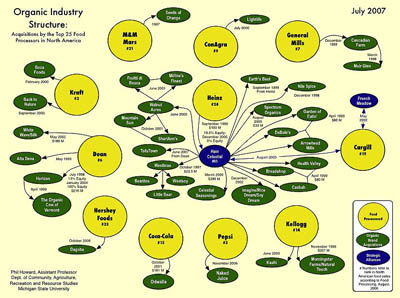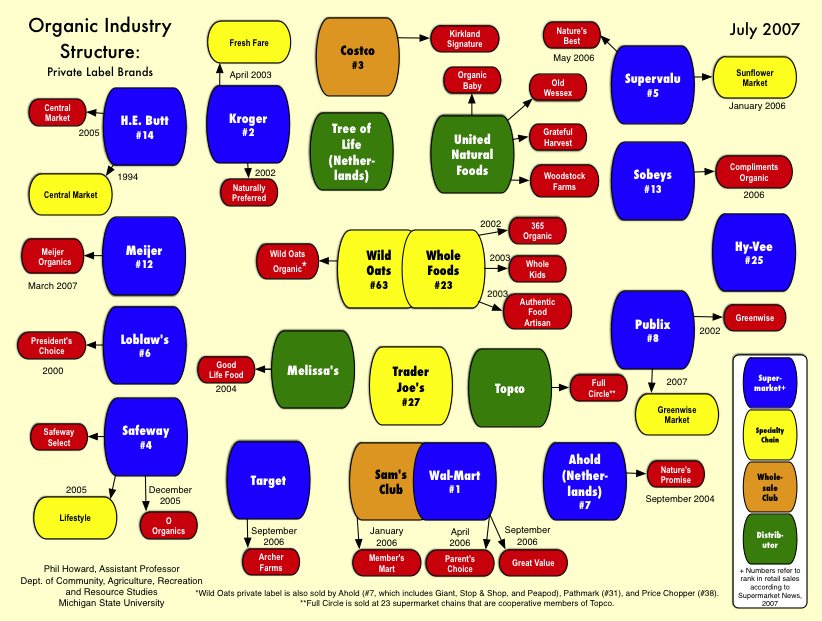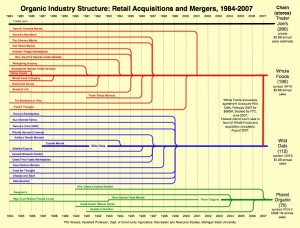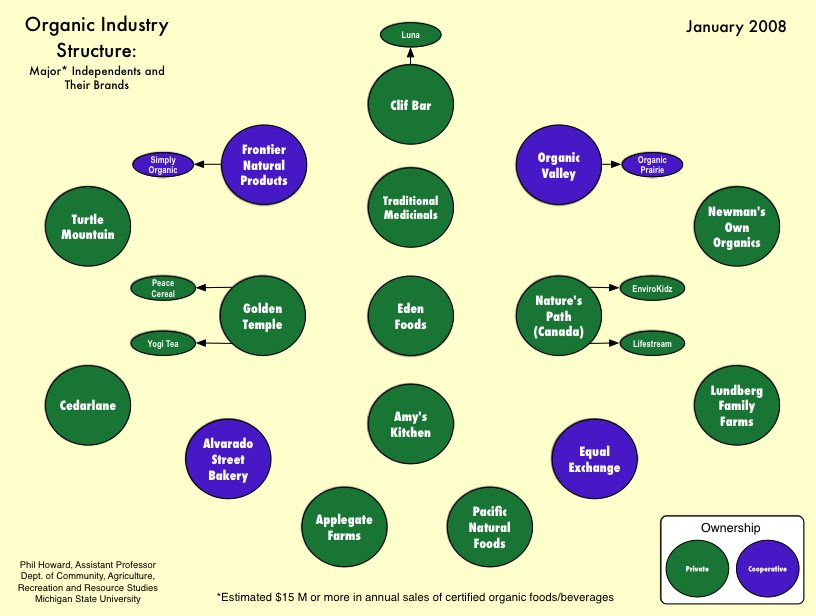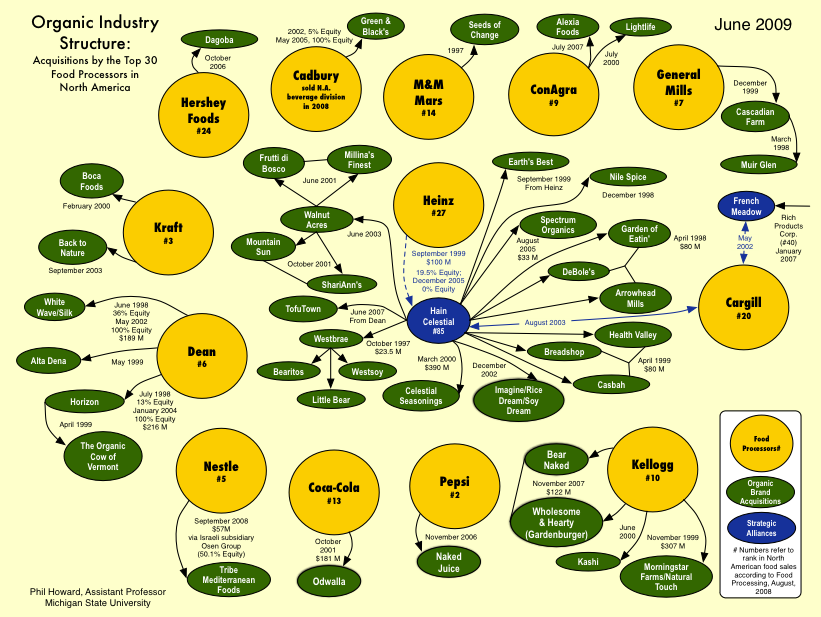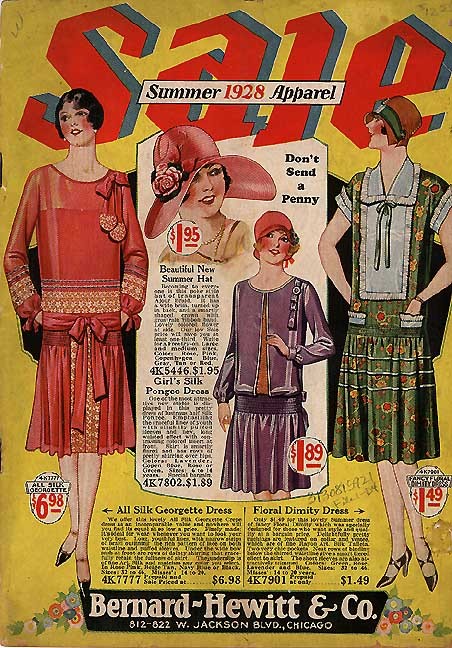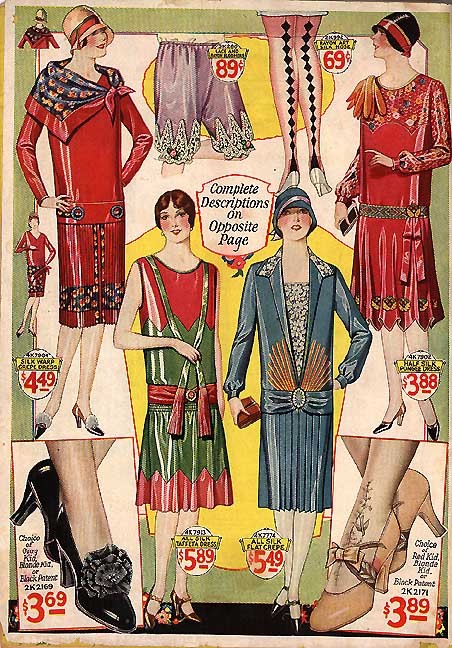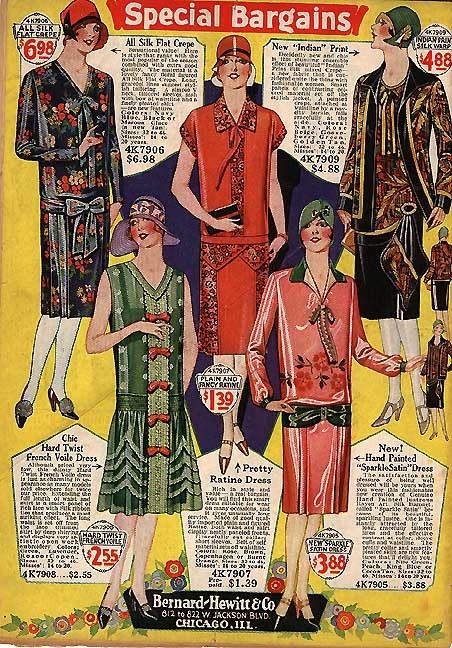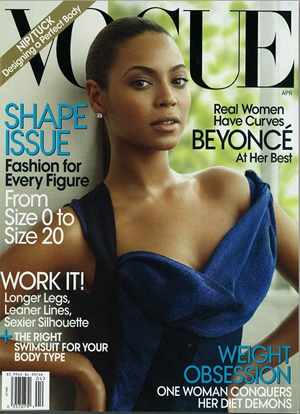Franklin suggested that we post about some points people are making about Dora the Explorer’s makeover. Originally drawn like this…
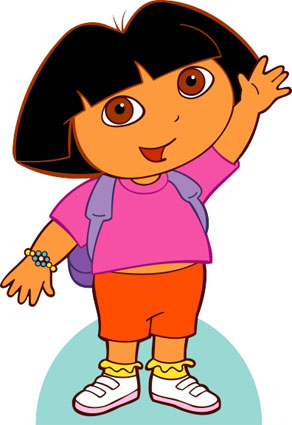
…Dora has been re-envisioned and now looks like this:
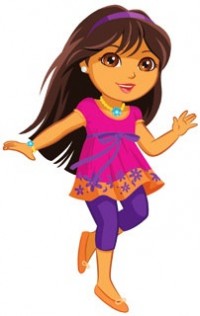
Wicked Anomie writes:
The producers insist that the new tween Dora will still be like the old one in personality and interests. Just more fashionable, with ballet flats, long hair, jewelry, and makeup. And she wears a dress. Not the choicest attire for galavanting in the woods going on adventures, but hey…
I asked my six-year old daughter what she thought of the new Dora. She likes her better. Why?
“Well, I like that her hair is longer, and she’s wearing a dress. And a necklace. And I like her shoes. And that other one, she’s fat in her belly and her clothes don’t fit right. I don’t like her shoes, either. And her hair’s all short and she doesn’t have a necklace.”
Gwen and I, however, are not surprised at this new feminized Dora. About a year ago we were in Toys ‘R Us in Henderson, NV, and were so struck by the Dora the Explorer toys that we took pictures of every single one of them. Almost all of them feature feminized activities such as cooking, taking care of babies, and fashion and accessories. There are 15 images so I’ve put them after the jump:

